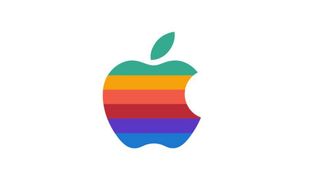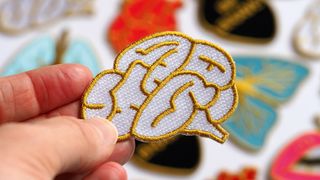Hellicar & Lewis
Be it a 24-hour live event for Coca-Cola or an iPad app used by children on the autistic spectrum, the interactive work produced by this innovative London-based duo champions a simple philosophy: live in the moment
Combining open-source coding, artistic sensibility, design know-how and a penchant for surprise, creative duo Hellicar & Lewis have spent the last four years producing interactive visual experiences in a wide array of settings, from a multi-projection fashion show in a Savile Row shop to a Twitter-responsive sculpture in Tate Modern’s Turbine Hall. Open source has been crucial to what they do from the outset, with every completed project available for download to be used, copied and adapted. This philosophy has also helped them to traverse the worlds of art, commerce and, now, education – a recent piece for Intel has contributed to their ongoing project to create software for children on the autistic spectrum...
Computer Arts: What was your first project together as a duo?
Joel Gethin Lewis: Bstore wanted us to make this multiple level installation within a three-room setup to project a fashion event back out into a main room. We had a series of camera positions set up in the space, and a set that the models would walk around, but it wasn’t anything in the traditional sense of a fashion show. It was much more like we were setting up a system, all the modes were participating in this kind of multi-camera, multi-projection that I was mixing in real time, for which Pete made some lovely music. We realised then that we were much more interested in creating systems than narratives. That was a massive breakthrough.
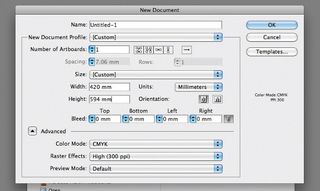
CA: Is that the essence of your creative process – setting up systems rather than telling stories?
JL: We are very interested by the moment; of being in the moment. We don’t want to create something that is necessarily pre-ordained; our systems enable people to create their own narratives. We are fascinated by doing things in this way: really getting into the idea of real time, that place where you forget your past and your future. It is a very interesting place, artistically as well as commercially. It’s fascinating when you can set up an experience and find something that you wouldn’t expect or hadn’t expected along the way. That almost always happens when a piece of work encounters the public.
A good example of that is the ‘Hello Cube’ project that we did in the Turbine Hall with Louis Vuitton and Tate Modern. People could tweet commands to the piece, which would change and interact according to the instructions. The first thing that happened was a bunch of French students turned up, stuck their hands in it, started taking photos of themselves, lighting their lighters and doing all these things we had never predicted.
CA: Social media is integrated in much of your work. How do you keep elements like live Twitter feeds as such a major element, without it descending into the banal?
Pete Hellicar: We are really trying to get back to using these things as platforms. It’s weird to see how the internet has changed in the last 10 years, from a place that was free and open, a place to exchange ideas and learn new things, into this rampantly commercialised space. There are waves and waves of absolute dross coming out of Twitter, but at the same time, we are thinking of these things like switches. That’s really why we use it. We’re interested and invested in this idea of feedback loops – there is a way for us to communicate back and forth.
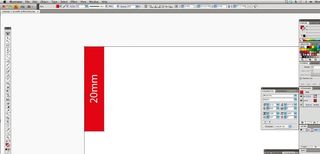
CA: The 24-hour music session you helped to produce for Coca-Cola in March must have been risky in those terms, as it was on such a huge scale...
PH: We came up with the idea with Iain Tait, who approached us from W+K Portland, during a really intensive three-day period. It really was an amazing experience because the whole idea was a 24-hour broadcast of a band – Maroon5 – writing and recording their own song while their fans provided real time inspiration and encouragement via Twitter, with projections of interactive ‘bubbles’ that engaged tasks and fan comment. We basically set up a TV studio in a laptop, but with a full special media feedback loop built into the whole system as well, and we art directed the whole thing, and also spent the day itself working with the presenter.
JL: The reason so many people got involved was because they wanted to see the band make music. It’s interesting because there is risk; because it’s difficult to make a song in 24 hours; and because it might not work. That danger must be there in any work we do, or it’s not creatively interesting in any way.
CA: You actively seek to make your work freely available to be sourced, copied and utilised – considering that this is how you started, and that now you are using the same methods but for big companies, do you think there is an institutional change of thinking about freedom of creative information?
JL: I think big firms are more interested in novelty, but it’s not like we are never engaged on that level. The Intel ‘Triptych’ project we did, which was to create an immersive installation for the launch of their new processors, is a really good case study of how a relationship can work between a global brand and some indie designers in Hackney. We were so pleasantly surprised by their approach; that they really did say: “Here’s some amazing pre-release hardware” – which always gets me especially excited – “see what you can make with this”. We used 4D immersive particle simulation via a mixture of processors from within the Ultrabooks and a series of 3D mirrors to create the three installations.
PH: The first time we went through a kind of open-source conversation with a big company was with Coca-Cola. We spent two weeks talking to them about how and why we should open source the project, and after the project was finished, we took the codes to build software for children on the autistic spectrum – then they saw that through open sourcing, the project had life, and, cynically I guess, they could capitalise on that. It’s that contradiction – if you give something away, you protect it a lot more. The concern from Coca-Cola was that another brand could take the code and use it, and we said, “If they did do that, that would be the greatest PR ever.”
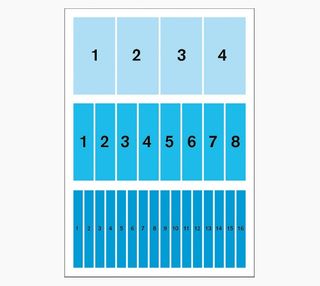
CA: How is the work going with the Somantics software for children on the autistic spectrum?
PH: We’ve been working with our collaborator Dr. Wendy Keay Bright in Cardiff for the last couple of years, and it has been this kind of process of getting various sources of funding and then partnering that up with our commercial practice. The ‘Triptych’ project has been great for it, actually, because we have been able to experiment hugely with these Ultrabooks, and then we’ve been able to feed that directly into the latest version of our work, which is a continuation of the ‘Somantics’ project – we are creating these mirror interfaces that can be used not just as tools of self-expression but also for therapy.
The majority of our working projects often revolve around new software that we write, or new insights we have while playing with the software we have written. The ideas always feed into education work, and more so now we are also starting to link up the businesses – for example Novatech are in the process of talking to us about how they can get involved with our autism work. We really like to try to get the bigger projects to not only finance the smaller projects, but also help us to discover new ways to explore.
JL: Some of our most creative breakthroughs we’ve had have been while we were working on ‘Somantics’ – it’s mind-blowing, on a conceptual level, to make software that affects someone’s brain. That’s extraordinary.
CA: What’s your next project?
PH: We think that broadcasting is an area that is fascinating, and are working on a few projects in that area right now. We are about to debut a new project for the Abandon Normal Devices festival tour. It will be a caravan and TV studio in one – ‘Caravideo’ (see what we did there?), which will broadcast all the activities from a convoy of caravans. We’ll be releasing the broadcast platform to the world, as with all our projects.
Discover 10 amazing examples of projection mapping at Creative Bloq.

Thank you for reading 5 articles this month* Join now for unlimited access
Enjoy your first month for just £1 / $1 / €1
*Read 5 free articles per month without a subscription

Join now for unlimited access
Try first month for just £1 / $1 / €1
Get the Creative Bloq Newsletter
Daily design news, reviews, how-tos and more, as picked by the editors.
The Creative Bloq team is made up of a group of design fans, and has changed and evolved since Creative Bloq began back in 2012. The current website team consists of eight full-time members of staff: Editor Georgia Coggan, Deputy Editor Rosie Hilder, Ecommerce Editor Beren Neale, Senior News Editor Daniel Piper, Editor, Digital Art and 3D Ian Dean, Tech Reviews Editor Erlingur Einarsson and Ecommerce Writer Beth Nicholls and Staff Writer Natalie Fear, as well as a roster of freelancers from around the world. The 3D World and ImagineFX magazine teams also pitch in, ensuring that content from 3D World and ImagineFX is represented on Creative Bloq.
